Complex migraine is a kind of headache with pulsating pain in some regions of the head. It consists of headaches with different intensities. Complex migraine is a type of migraine that has an aura that allows individuals to know when a migraine attack might start.
A complicated migraine affects not only the head region of an individual through pain but also the sensory abilities like vision and speech of an individual. Also, an individual might experience nausea, insomnia, anxiety, and vomiting along with other symptoms before, after, or while experiencing a migraine headache.
1) Location types of headaches

The location of a headache often indicates the reason behind a headache. If the pain persists at the back of the head and neck, then it might be a result of arthritis, whereas a frontal headache is a result of stress on the eyes.
Mental and physical exertion causes pain on both sides of the head, whereas hormonal imbalance causes pain on one side. However, migraine pain is present at one side of the head and could move to the other head region, especially regarding a complex migraine. A migraine attack might sometimes result in pain on both sides of the head.
2) Throbbing pain
A throb could be defined as the quick flow of blood that comes and goes with high speed and frequency. It could be seen as a periodic vibration resulting from dilation and compression of the blood vessels, resulting from an abnormal increase in the flow of blood caused by a reaction to extreme pain.
3) Migraine location
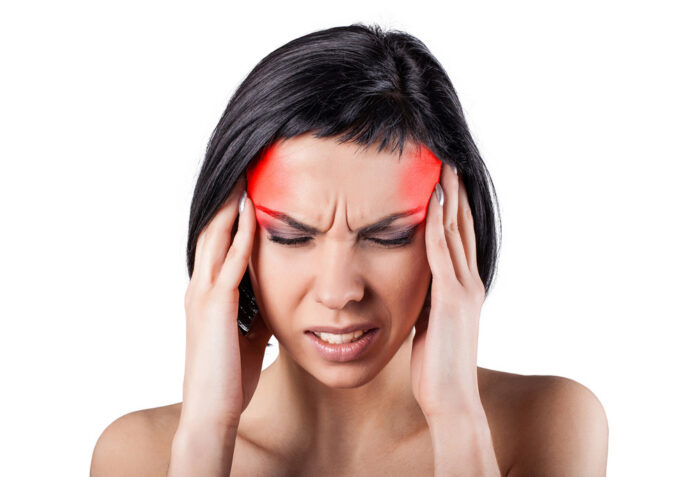
Migraine is often experienced in some areas of the head. The headache caused by a migraine might rotate or move from one location in the head to the other. Migraine pain is present on one side of the head or could move to the other or affect both sides of the brain.
4) Prodrome
A complex migraine results in the presence of an aura or a symptom that helps individuals know or get a prior feeling before the onset of migraine symptoms, which could allow individuals to prepare for an incoming migraine attack with the help of pain medications. An occurrence of a prodrome, i.e., aura, is one of the differentiating symptoms that define a complex migraine.
5) Pulsating headache
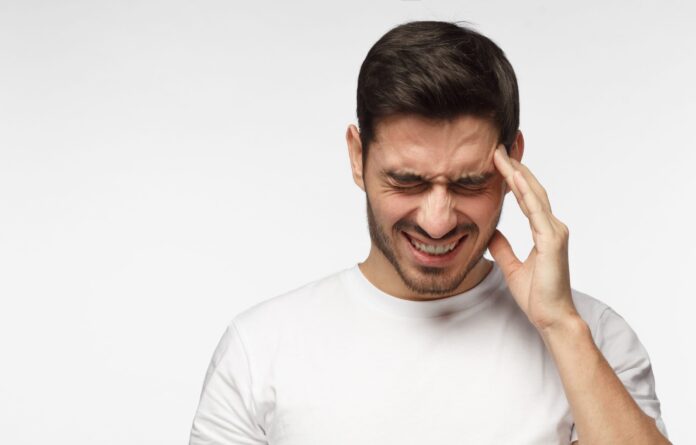
It is one of the most commonly observed symptoms of migraine. An extreme level of headache causes the brain to signal the body to generate a high blood flow in the affected head region, which in turn causes the blood vessels to expand. The expansion and contraction of blood flow in response to the pain causes a throbbing effect in pain, thereby giving a feeling of pulsating pain in the head region.
6) Complicated migraine
The occurrence of an aura before and after a migraine attack can result in a complicated migraine, one of the minor common types of migraine. Around 25% of the total migraine cases consist of complex issues with the presence of an aura [2]. A complicated migraine consists of a reversible attack process, suggesting that the pain caused by the migraine could completely vanish after the attack or through proper medication.
A complicated migraine does not just consist of a migraine attack; one or more issues in the sensory system related to vision, speech, motor, and language complement a complex migraine. A complicated migraine attack could last for minutes, hours, or days and cause other brain complications, like seizures.
A simple migraine is generally self-diagnosed, but imaging techniques are used to diagnose it medically. However, proper medical expert assessment and imaging techniques are typically applied to analyze complex migraine and their depth. The pain caused due to migraine could be managed through inflammatory painkillers. As migraine might be genetic, gene-related drugs can treat their symptoms.
7) How to treat a migraine
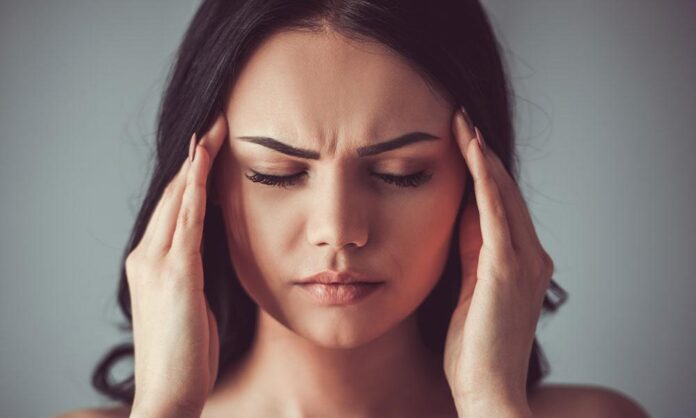
There are several ways of dealing with a migraine and managing symptoms. While there is usually no outright cure, some methods can help to alleviate the pain and tackle symptoms. Some approaches are preemptive and preventative, while others involve combatting the migraine after its onset.
Cold pack
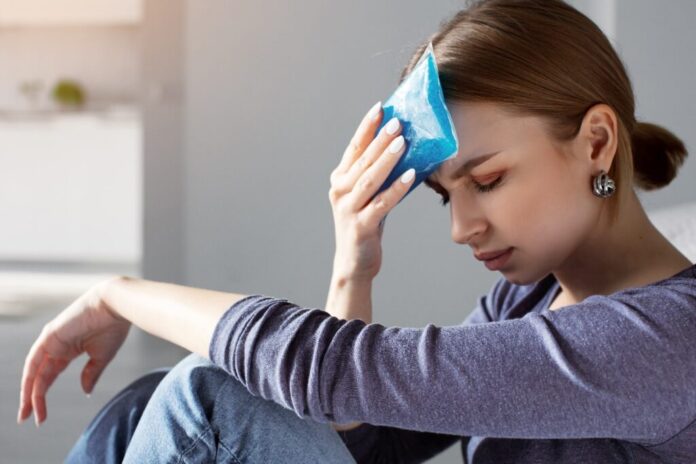
Placing a cold pack, ice cubes wrapped in a towel, or a bag of frozen vegetables on the forehead could reduce migraine pain. Also, a cold shower might help ease the pain for some people. For the former method, keep the compress on the head for around 15 minutes, and remove it for 15 minutes.
A heating pad or hot compress
A heating pad on the neck or the back of the head may effectively reduce the pain of a tension headache. For a sinus headache, holding a warm cloth to the area suffering the pain can also help, as can a warm shower for some people.
Remove pressure from the head and scalp
External compression headaches stem from pressure from outside the head. For instance, wearing a tight, ill-fitting hat, a tight ponytail or headband, or even a swimming mask or goggles could cause this type of headache.
Lower lighting
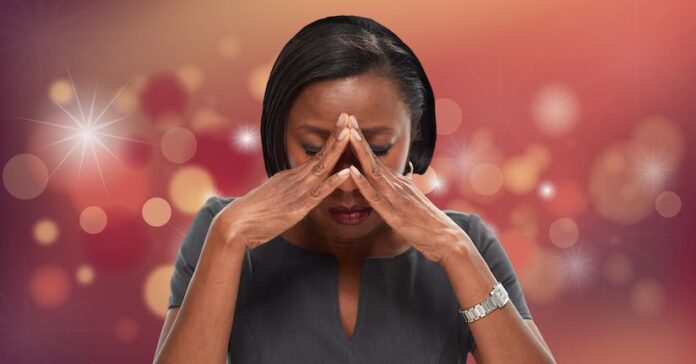
Bright or flickering lights can lead to migraine headaches. Common culprits that can bring on migraines are bright daylight, artificial lights, and blue light from screens, such as televisions, computer screens, and smartphones. People prone to migraines who are sensitive to light can benefit from using blackout curtains during the day and wearing sunglasses outdoors.
Indoors, they should reduce their exposure to bright screens where possible. Also, adding anti-glare screens to device screens and using daylight-spectrum fluorescent bulbs in light fixtures can help ward off migraines resulting from light sensitivity.
Avoid excessive chewing
Excessive chewing can cause pain in the jaw but can also induce headaches. Chewing gum, lips, the inside of the cheeks, objects (such as pens), and crunchy, sticky foods can lead to headaches. Another common problem that causes headaches is teeth grinding, especially at night.
People who grind their teeth in their sleep can benefit by asking their dentist about mouthguards, which are useful in preventing early-morning headaches.
Stay hydrated
Dehydration is a common cause of headaches and can make the pain more severe. Drinking plenty of water is the best course of action to avoid headaches linked to dehydration. Ideally, men should aim to drink approximately 15.5 cups (or 3.7 L) of fluids a day, while women need around 11.5 cups (2.7 L) of fluids daily.









